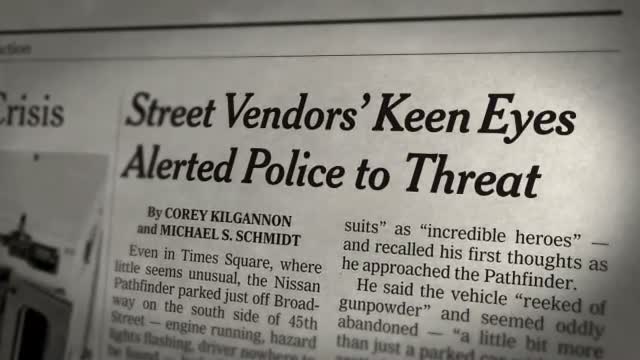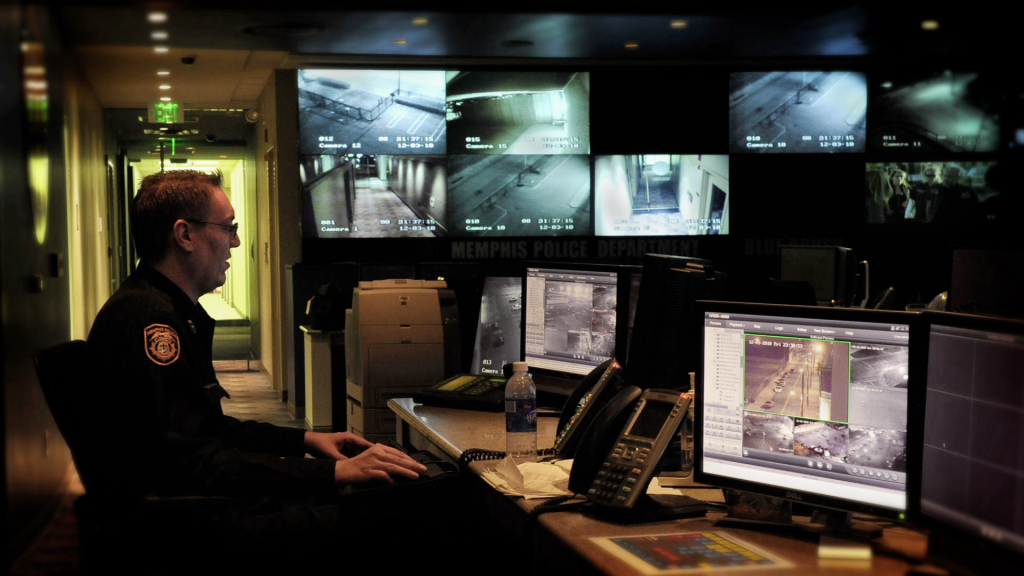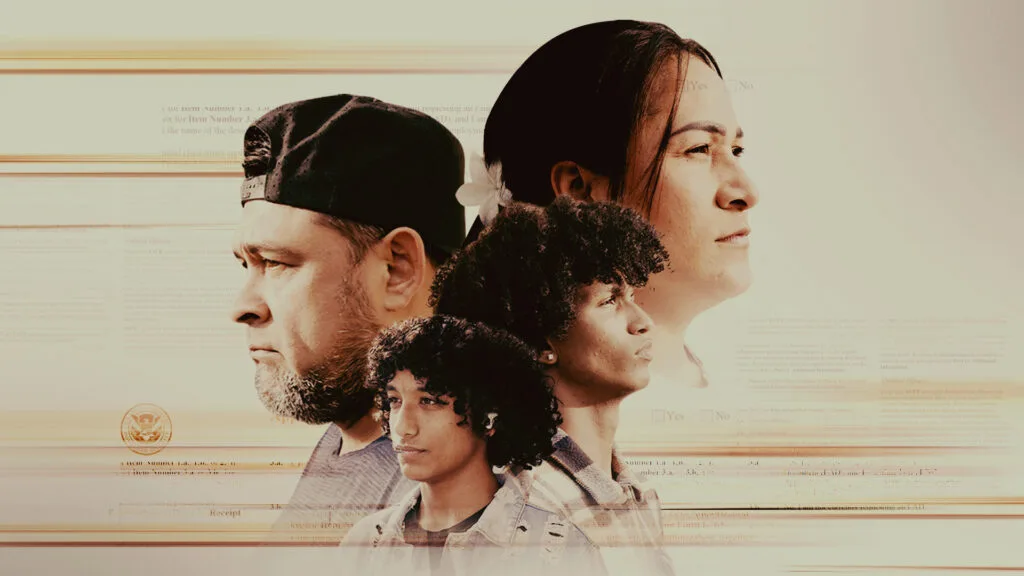When “Top Secret America” Could Not Connect the Dots

April 30, 2013
Share
Despite the billions spent on counterterrorism since the Sept. 11 attacks, the Boston Marathon bombing was a reminder that intelligence officials will never be able to thwart every plot.
In the nearly 12 years since 9/11, as many as 50 attacks on the United States have been foiled, according to a 2012 analysis by The Heritage Foundation. But not every case was an example of authorities successfully “connecting the dots.”
The following examples represent four of the largest homeland security failures since 9/11. In each instance, would-be attackers evaded authorities long enough to come dangerously close to executing their plots:
The Shoe Bomber
American Airlines Flight 63 was midway from Paris to Miami on Dec. 22, 2001, when Richard Reid, a 28-year-old British citizen, tried to detonate an explosive device hidden inside his sneakers. He was caught by a flight attendant, and wrestled down by passengers.
The incident followed a Dec. 11 notice by the Federal Aviation Administration warning airlines and airport security to be on the lookout for weapons concealed in shoes. Nonetheless, Reid, who federal investigators described as an Al Qaeda-trained terrorist, managed to pass two separate screenings before takeoff.
Reid was sentenced to life in prison in 2003 after pleading guilty to eight charges, including attempted use of a weapon of mass destruction. He was unrepentant at his sentencing, telling the court, “I admit my actions, I admit my alliances to Osama bin Laden, I do not apologize for my actions and I am still at war with your country.”
NYC Subway Threat
Najibullah Zazi, a 24-year-old Afghan immigrant, was arrested in September 2009 after acquiring explosive materials similar to those used in the 2005 attacks on the London transit system.
Authorities alleged that Zazi received explosives training in Pakistan in 2008 as part of an Al Qaeda plot to attack the New York City subway system. Upon his return from Pakistan, Zazi was placed under surveillance by the FBI. Authorities continued to track Zazi through September 2009, when he drove to New York from his Colorado home with two pounds of explosives and bomb-making instructions on his laptop. His car was stopped by police at the George Washington Bridge, but he was waved through after officials failed to discover the explosives. Fearing he was under surveillance, Zazi chose to abort the operation, dumping the homemade explosives and flying back to Colorado.
Authorities questioned Zazi about the trip, and ultimately placed him under arrest after determining he had made false statements in an ongoing terrorism investigation. Zazi later described the plot to law enforcement as a “martyrdom operation,” and in February 2010 pleaded guilty to terrorism charges. He is scheduled to be sentenced in September.
The Christmas Day Bomber
On Christmas Day 2009, Umar Farouk Abdulmutallab boarded a Detroit-bound flight from Amsterdam with explosives hidden in his underwear. Abdulmutallab landed on the radar of U.S. intelligence a month earlier after his father warned officials at the American embassy in Nigeria about his son’s increasing radicalism. Abdulmutallab had traveled to Yemen in August 2009, where according to U.S. officials, he met with and plotted the attack with the anti-American cleric Anwar al-Awlaki.
The warning led the National Counterterrorism Center to place Abdulmuttalab on the largest of four terrorist watch lists, but according to The New York Times, analysts determined there was not enough information to add him to a more refined watch list of people tagged for extra scrutiny at airport checkpoints.
In October 2011, Abdulmutallab pleaded guilty to eight federal crimes, including attempted murder and attempted use of a weapon of mass destruction, and was sentenced to life in prison.
The Times Square Attack
On May 1, 2010, Faisal Shahzad, a naturalized U.S. citizen from Pakistan, attempts to detonate a car bomb in Times Square, but the plot is foiled after street vendors saw smoke filling up inside his SUV and alerted police. Roughly 24 hours later, Shahzad was identified as the vehicle’s owner. Although his name was placed on the no-fly list, he was able to board an Emirates airline flight bound for Dubai, but was apprehended on the plane just minutes before takeoff.
Shahzad later admitted to receiving explosives training in Pakistan, and pleaded guilty to 10 counts, including attempted act of terrorism and conspiracy to use a weapon of mass destruction. He was sentenced to life in prison in October 2010.

Related Documentaries
Latest Documentaries
Related Stories
Related Stories
Policies
Teacher Center
Funding for FRONTLINE is provided through the support of PBS viewers and by the Corporation for Public Broadcasting. Additional funding is provided by the Abrams Foundation; Park Foundation; the John D. and Catherine T. MacArthur Foundation; and the FRONTLINE Journalism Fund with major support from Jon and Jo Ann Hagler on behalf of the Jon L. Hagler Foundation, and additional support from Koo and Patricia Yuen. FRONTLINE is a registered trademark of WGBH Educational Foundation. Web Site Copyright ©1995-2025 WGBH Educational Foundation. PBS is a 501(c)(3) not-for-profit organization.



















